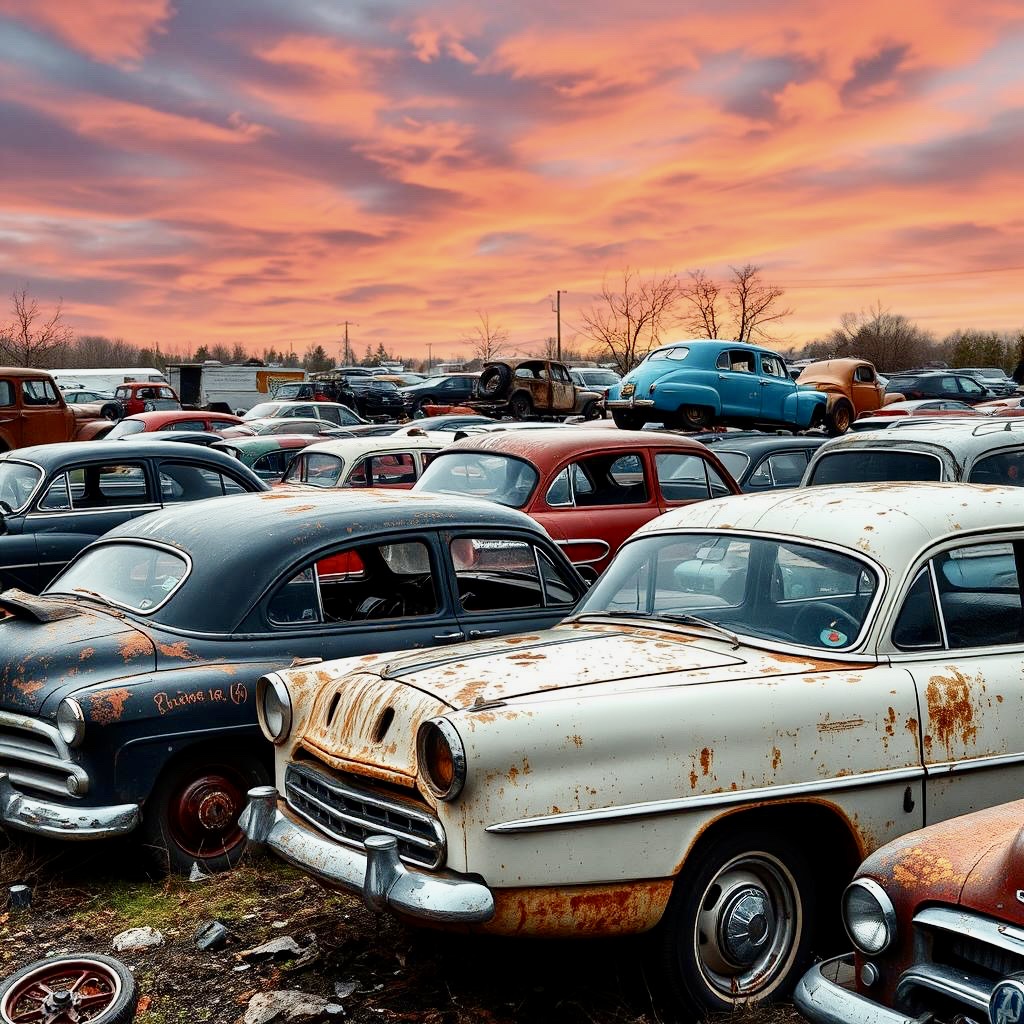How to Spot a Good Deal on a Vintage Car: 𝟡 𝔼𝕩𝕡𝕖𝕣𝕥 𝕋𝕚𝕡𝕤
- Get link
- X
- Other Apps
Learn how to spot a great deal on a vintage car with these 9 expert tips. From hidden rust to service records, this guide helps you buy smart and avoid costly mistakes.

Buying a vintage car is part passion, part investment—but how can you tell when you’ve found a true gem versus an overpriced project in disguise? Whether you’re hunting for your first classic or adding to a growing collection, recognizing a good deal is a skill that separates savvy buyers from the rest.
Here are 9 expert tips to help you spot a good deal on a vintage car, avoid common traps, and drive away with confidence.
1. Know the Market Value
Before you even start browsing listings, research the current market value of the model you’re interested in. Use platforms like Hagerty, Classic.com, or Bring a Trailer to check recent sale prices.
🛠️ Tip: Compare vehicles by condition, mileage, originality, and region. A well-kept daily driver may differ widely in price from a concours-level show car.
2. Beware of Rust – It’s the Silent Killer

Rust is one of the most expensive issues to fix and can destroy structural integrity. Check:
- Wheel arches
- Floor pans
- Undercarriage
- Trunk and battery trays
🧲 Bring a magnet—if it doesn’t stick in places where metal should be, you’re likely looking at body filler.
3. Check for Matching Numbers

If you’re buying for investment or collector value, make sure the car has matching numbers: chassis, engine, and transmission codes that match the original factory build.
📜 This adds value and indicates the car hasn’t been heavily altered or rebuilt.
4. Review Maintenance and Service History

A well-documented maintenance record is gold. Look for:
- Oil change intervals
- Engine rebuild receipts
- Parts replaced
- Restoration photos
🔍 No service history = a gamble. A binder full of receipts = peace of mind.
5. Inspect the Interior Carefully
Worn-out upholstery, cracked dashboards, and missing trim might seem minor—but vintage interior parts can be rare and expensive to replace.
💰 A “Maintenance and Service History” car with a ruined interior can cost thousands to restore properly.
6. Listen to the Engine Cold

Ask the seller to start the engine cold. Strange noises, rough idling, excessive smoke, or knocking sounds often indicate underlying issues.
🔥 Warm starts can hide problems—cold starts reveal them.
7. Look for Original Paint or Honest Resprays
Original paint, even if imperfect, often means the body hasn’t been tampered with. But resprays aren’t always bad—just be wary of:
- Overspray on seals
- Inconsistent color between panels
- Recent paint hiding rust
8. Know When “Too Cheap” Means Trouble
If a vintage car’s price seems too good to be true, it probably is. Super-low prices often signal hidden mechanical or legal issues.
🧾 Always check the title status, VIN number, and any outstanding liens.
9. Bring a Mechanic or Use a Pre-Purchase Inspection
If you’re serious about buying, invest in a pre-purchase inspection (PPI) by a vintage car specialist. This can save you thousands in unexpected repairs.
📋 A good mechanic will spot frame damage, worn suspension, hidden rust, and other red flags you might miss.
Final Thoughts
Spotting a good deal on a vintage car is about balancing heart and head. Passion gets you behind the wheel—but knowledge ensures you make a smart investment.
Take your time, do your research, and never hesitate to walk away from a bad deal. The right classic car will come along—and when it does, you’ll be ready.
- Get link
- X
- Other Apps
Comments
Post a Comment